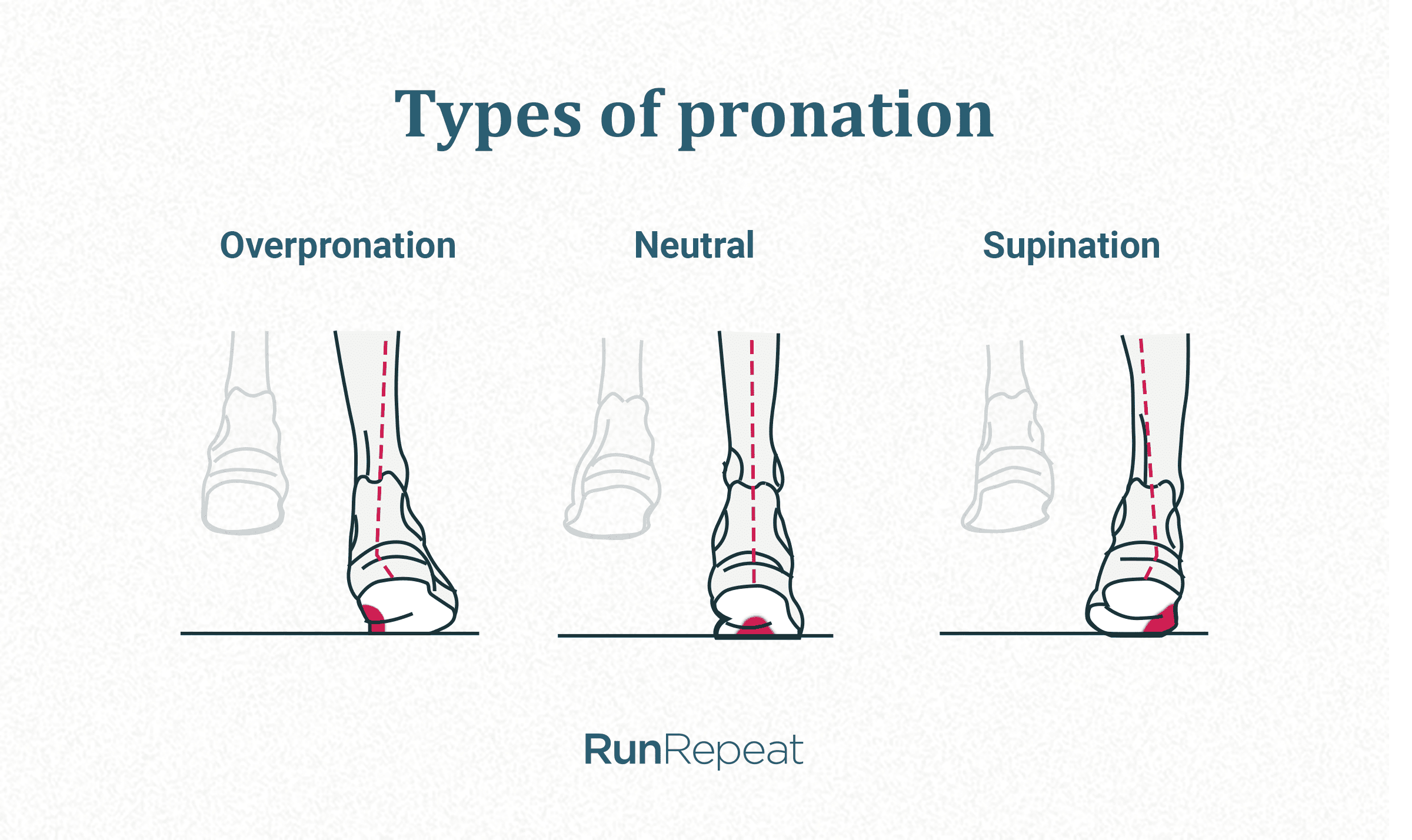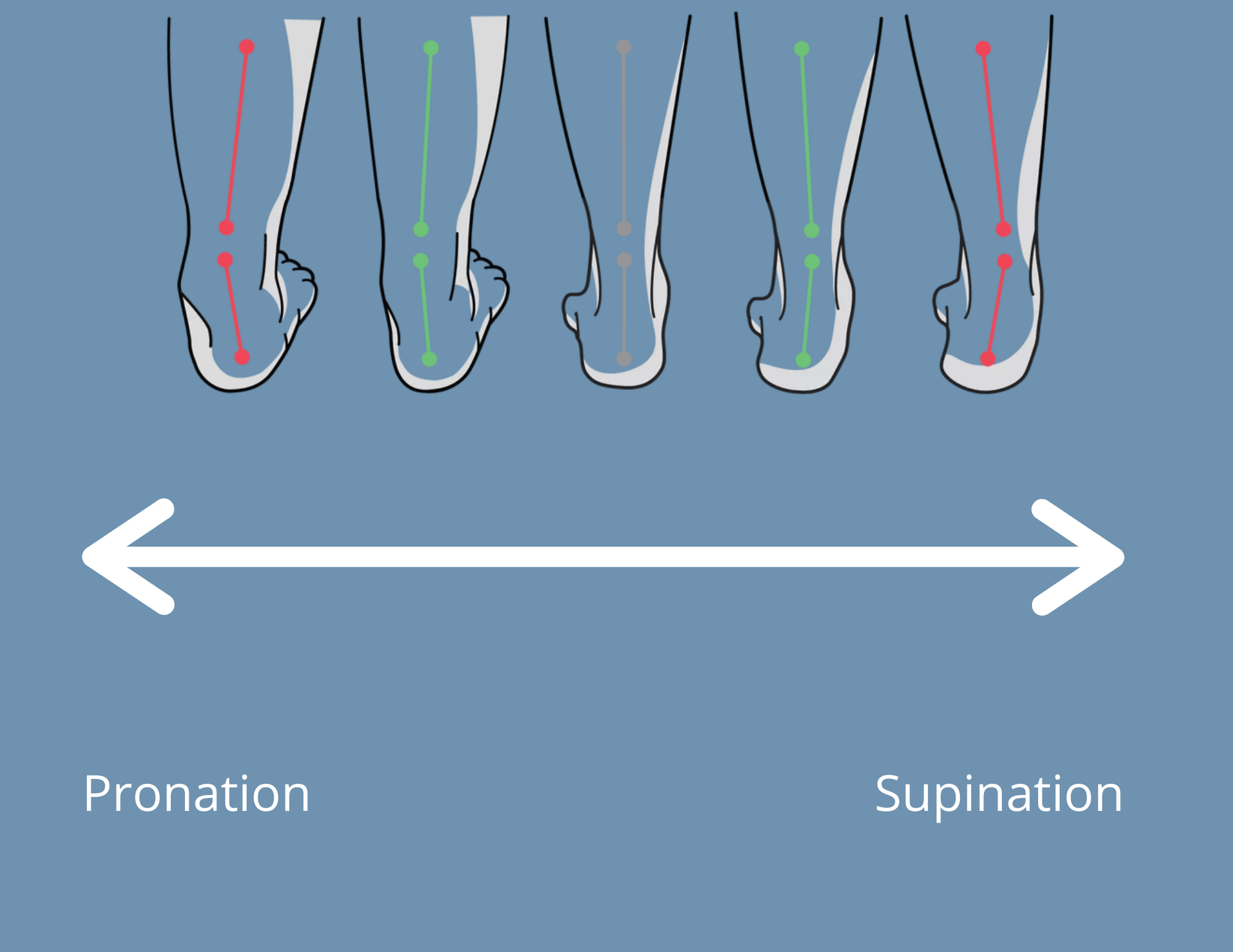Are you a runner constantly battling foot pain or discomfort? You might be dealing with a common issue known as overpronation. In this article, we’ll delve deep into the world of overpronation, helping you identify it and suggesting the best running shoes to alleviate associated issues. Whether you’re a casual jogger or a seasoned marathoner, this guide is designed for you!
What is Overpronation?
Overpronation refers to the excessive inward rolling of the foot after landing. When your foot strikes the ground, it should ideally roll slightly inward, distributing the impact evenly. However, in overpronation, this motion is exaggerated, resulting in potential discomfort, improper body alignment, and even injuries over time. It’s crucial for runners to understand their foot dynamics, as selecting the right footwear is vital for performance and injury prevention.
The Biomechanics of Overpronation
The biomechanics of your foot during running play a significant role in determining whether you overpronate. When your foot hits the ground, the arch absorbs shock and helps stabilize your body. However, if your arch is too flexible or your foot is shaped in a way that predisposes you to extra rolling, you’ll overpronate. This can lead to various issues, including shin splints, plantar fasciitis, and runner’s knee.
Indicators of Overpronation
Identifying overpronation can often be done through a simple observation of wear patterns on your running shoes. If you notice significant wear on the inside edge of the sole, this could be a red flag. Additionally, you may experience discomfort or pain during or after running, particularly in the knees and hips.
Common Causes of Overpronation
Overpronation can arise from several factors, including anatomical structure, lifestyle, and training habits. Some of the common causes include:
- Flat Feet: Individuals with low arches tend to overpronate more than those with normal or high arches.
- Improper Footwear: Wearing shoes that lack support can exacerbate overpronation.
- Weak Muscles: Weak foot and lower leg muscles may fail to support proper foot alignment during running.
- Overtraining: A sudden increase in running volume without adequate conditioning can lead to overpronation and associated injuries.
Real-World Footwear Experiences
Consider Sarah, an avid runner who faced consistent knee pain every time she increased her mileage. After visiting a specialist, she learned she was overpronating. By switching to a stability shoe designed for overpronators, the pain diminished noticeably, and she could focus on her training.

The Best Running Shoes for Overpronation
Choosing the right running shoes can make a world of difference for overpronators. Here are some top recommended running shoes to consider:
Top Running Shoes for Overpronation
| Shoe Model | Features | Pros | Cons |
|---|---|---|---|
| ASICS Gel-Kayano | Dynamic Duomax, FlyteFoam technology | Excellent support, comfortable fit | Higher price point |
| Brooks Adrenaline GTS | GuideRails holistic support system | Adaptive fit, smooth ride | Heavier than some competitors |
| New Balance 860 | Medial post for support | Durable, great cushioning | Stiffness for some users |
| Hoka One One Arahi | Lightweight stability, Meta-Rocker technology | Responsive cushioning, breathable | Unconventional style that may not appeal to everyone |

Additional Product Highlights
Aside from the models listed above, other brands like Saucony and Mizuno offer excellent shoes for overpronators. They incorporate various technologies designed to enhance arch support and stability. Having a personal fitting session at a specialized running store can help you discover the best options tailored to your feet.
Tips for Managing Overpronation
In addition to selecting the right shoes, incorporating the following tips can help manage and alleviate issues related to overpronation:
- Strengthening Exercises: Focus on exercises that strengthen the foot and lower leg muscles.
- Stretching: Regularly stretch your calves and Achilles tendon to improve flexibility.
- Footwear Rotation: Rotating your running shoes can prolong their lifespan and maintain support.
- Orthotics: Custom or over-the-counter orthotic inserts can provide added support.

Case Study: How the Right Shoe Changed a Runner’s Game
John, a marathon runner, always loved long-distance running. However, persistent heel pain made him reconsider his passion. After consulting with a podiatrist, he discovered he overpronated. With a switch to the Brooks Adrenaline GTS and following a specific training regimen to strengthen his weak muscles, John reported a drastic decrease in pain. He was back on the trail, enjoying his runs without discomfort.
Overpronation vs. Underpronation
While overpronation is the excessive inward rolling of the foot, underpronation (or supination) is the opposite, where the foot rolls outward. Both conditions require different footwear solutions. Understanding the distinctions can help in selecting the right shoes:

Comparison Table: Overpronation vs. Underpronation
| Feature | Overpronation | Underpronation |
|---|---|---|
| Foot Roll | Excessive inward | Excessive outward |
| Common Injuries | Runner’s knee, shin splints | Ankle sprains, IT band syndrome |
| Recommended Shoes | Stability, support shoes | Cushioned shoes |
FAQs about Overpronation in Running Shoes
1. How can I tell if I overpronate?
Look for wear patterns on the inside of your shoe, or consider a gait analysis at a specialized running store.

2. Can overpronation lead to injuries?
Yes, overpronation can contribute to common running injuries such as shin splints, plantar fasciitis, and knee pain.
3. Should I see a specialist for overpronation?
If you’re experiencing persistent pain, it’s advisable to consult a podiatrist or physical therapist for personalized guidance.

4. Are there specific exercises to help with overpronation?
Yes, exercises targeting foot and ankle stability, such as heel raises and toe curls, can strengthen the necessary muscles.
5. Do all runners need stability shoes?
Not all runners will benefit from stability shoes; it primarily depends on individual foot dynamics and comfort.

6. Can custom orthotics help with overpronation?
Yes, custom orthotics can provide tailored support, improving your foot positioning during runs.
7. Are there brands known for overpronation support?
Brands like ASICS, Brooks, and New Balance are renowned for creating shoes that cater to overpronators.
8. Is overpronation hereditary?
There may be genetic factors influencing foot structure, making some individuals more susceptible to overpronation.
9. Can I still run if I overpronate?
Absolutely! With the right footwear and support, many runners with overpronation can enjoy their sport without pain.
Conclusion
Overpronation is a common concern for many runners, but with the right knowledge, support, and footwear, it can be managed effectively. Be mindful of your running habits, pay attention to any signs your body gives you, and select the right shoes to suit your unique needs. After all, every step counts towards achieving your running goals!
For additional insights, you can check out resources from reputable organizations such as the American Podiatric Medical Association and the Journal of the American Medical Association.